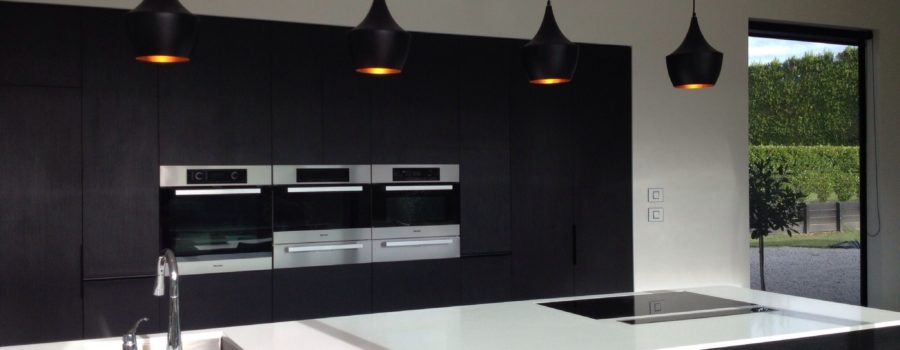Sculleries: The Modern Kitchen’s Hidden Gem
Introduction: Sculleries, once a standard feature in large, traditional homes, are making a triumphant return in modern kitchen designs. Originating in the UK, a scullery historically served as a separate room, adjacent to the main kitchen, primarily used for washing dishes and housing utensils and crockery. Apart from their functional utility, sculleries were a testament to the home’s stature, emphasizing grandeur and opulence.
The Rise of Sculleries in Modern Homes: In today’s rapidly urbanizing world, as living spaces become more compact and kitchen dynamics evolve, homeowners are constantly seeking innovative solutions to maximize space. Sculleries, with their unique design and utility, address this challenge head-on. They act as a supplementary space, often tucked away from the primary kitchen area, offering additional storage and working space. As open-plan kitchens gain popularity, where aesthetics are paramount, sculleries can conveniently conceal the mess and clutter, ensuring the primary kitchen remains pristine and presentable.
Benefits of a Scullery: A well-designed scullery can dramatically enhance kitchen organization. With dedicated zones for specific tasks and storage, it facilitates smoother kitchen operations. Furthermore, by housing appliances, utensils, and sometimes even pantry items, sculleries free up valuable counter space in the main kitchen. Aesthetically, they offer homeowners the luxury of maintaining a clean, clutter-free kitchen, especially beneficial in homes with open floor plans, ensuring that the kitchen always appears guest-ready.
Design Ideas for Sculleries: Modern sculleries range from rustic, farmhouse-style designs with wooden shelves and vintage fittings to sleek, contemporary spaces featuring stainless steel and glass. Designing a scullery involves considering both its utility and aesthetic appeal. Shelving, both open and closed, can be customized based on the homeowner’s needs. Durable countertops, preferably in materials that resist moisture and wear, are essential. Efficient lighting, possibly a combination of task and ambient, ensures the space is functional at any time of the day. For those looking to elevate their sculleries further, incorporating features like wine racks, pull-out baskets, and dedicated zones for baking or juicing can be considered.
Maximizing Efficiency: A scullery’s true potential is realized when it’s organized to perfection. Categorizing items based on frequency of use, type, or size can simplify tasks. Incorporating modern storage solutions like rotating shelves, adjustable racks, or magnetic knife strips can further enhance accessibility and utility. It’s also essential to ensure that the scullery complements the main kitchen’s workflow. Items used less frequently can find a place in the scullery, ensuring the main kitchen remains uncluttered.
Conclusion: Sculleries, once a relic of the past, have found their rightful place in contemporary homes. Seamlessly blending functionality with aesthetics, they not only enhance the kitchen’s efficiency but also elevate its design, truly establishing themselves as the modern kitchen’s hidden gem.



